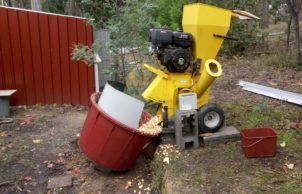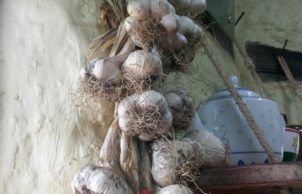Lot 6
Lot 6
Although the word sustainable wasn’t in broad use back in 1983, thinkers such as David Suzuki and Bob Brown, and groups such as PND, Friends of the Earth and The Tasmanian Wilderness Society were already ringing the warning bells. Inspired in part by Grass Roots Movement and by the fact we already knew people who were living this way, we felt we had little choice.
We have dedicated the next 36 years trying to work out exactly what choices we did have.
The first choice was relatively easy: to build a house that consumed as few of the earth’s resources as possible. Luckily for us, the answer to this question was a frequent topic of conversation in the totally off-line, paper magazine focused community that collectively called itself ‘Owner Builders’. The ethos: to use time and energy rather than money. The ideals: solar orientation, good insulation, low impact or natural materials, and, where ever possible, scrounging materials that other people regarded as rubbish.
The result was a small mud-brick house which would, in time, serve as the nucleus of a much larger house. The mud for the bricks came from the footings, the roof was made of and supported by timbers recycled from the South Melbourne Sale Yard; a local dealer was selling its large timbers, dirt cheap, from a giant shed he’d built from the same on a small farm near Malmsbury; We still love the fact that the Mountain Ash and Yellow Box they came from were growing before European settlement; they connect us to a much deeper time. Our windows were recycled from a Melbourne high school renovation. Even the fired bricks we used for the damp course were recovered from a demolition.
Both the house and the garden that surrounded it grew organically from there. By the time we came to build the first extension (we had two children by then) recycled timbers had become fashionable and prohibitively expensive, but we could still use the windows left from the school renovation. It was a slow process but as a consequence our children grew in a hub of creative activity and for the most part they “didn’t mind too much”.
Central to our goal was self sufficiency, and from the very beginning, chooks were a part of it; we still regard them as pets. Apart from them, we planted an extensive orchard and garden. Unfortunately, our love for wild life and nature soon manifested as a major disadvantage; everything we grew became food for them. Having experienced building a house, we felt well equipped to take on another building project: a giant bird and animal enclosure where the wildlife would live on the outside. Although it was a little bit more difficult than we first imagined, we now manage to successfully harvest enough food to preserve and give away.
From the beginning, going ‘off-grid’ was somewhat of an ideal but back then it so expensive it was virtually impossible. However in 2006, with improving technology and diminishing parenting obligations we were finally able to afford 2KWs of solar panels. The delight of seeing the old analogue meter spin backwards is hard to describe.
Now 36 years after embarking on this journey, we are completing a project we didn’t imagine would be even possible in our lifetime. We are covering a specially designed carport with enough panels to charge an electric car that we are expecting to be delivered the day after Sustainable House day.
Of course, over the years, we have added many other sustainable technologies as they came along: evacuated tube hot water systems, heat transfer pumps, solar batteries, grey water system, reverse cycle heating and, after Black Saturday, we built a cellar and replaced the old school windows with tempered double glazed thermal lock aluminium ones.
As mentioned, there were others who were living this way before us; they were generous in sharing their knowledge and experience. Now we are opening Lot 6 for Sustainable House Day in hope that other like minded people will be helped and inspired as we were.


















Ask questions about this house
Load More Comments